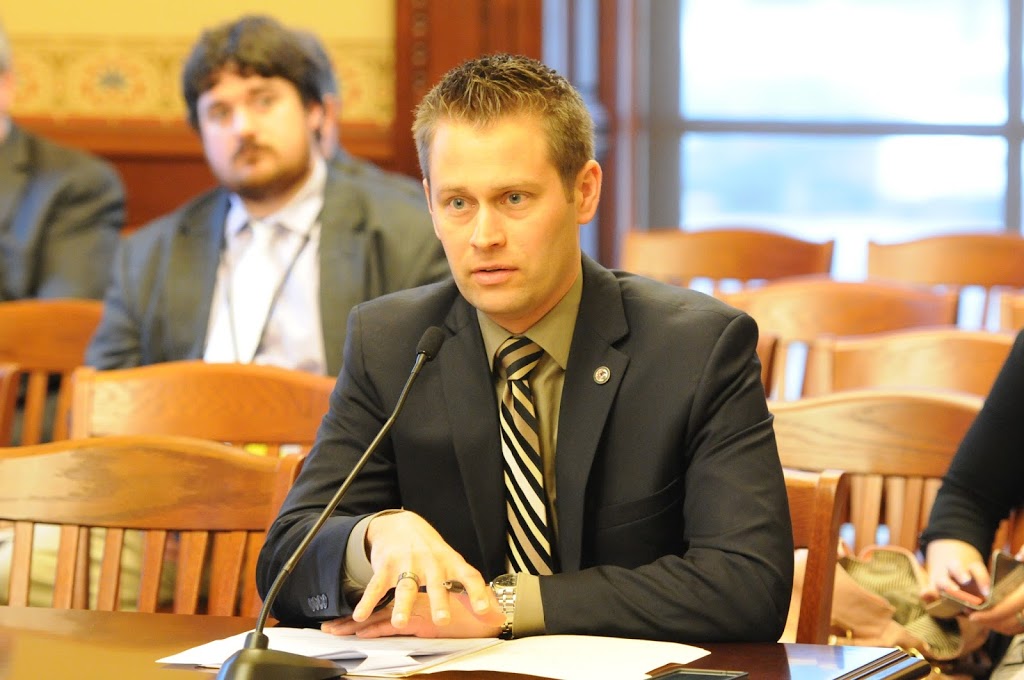 |
| State Rep. Joe Sosnowski |
We already have an overly complicated funding formula that is near impossible to explain to the average Illinois resident. The newly proposed evidenced-based formula, Senate Bill 1, makes our current formula look simple in comparison. Unfortunately, it essentially says that we are underfunding our schools to the tune of billions of dollars. Essentially by passing this new formula, we are setting the pathway for more taxes in the future to fulfill the financial demands from the formula. Additionally, the formula doesn’t change outputs.
Ohio, North Dakota, Arkansas and Wyoming have all had “evidence-based” funding in place, yet in all those states, according to the National Center for Education Statistics, not only has student achievement on NAEP tests failed to grow at the rate the evidence-based funding model promises, but achievement has been virtually flat.
Inaction is not a good option either. We already know Illinois has the highest property tax burden in the nation and our funding for K-12 education leaves poor districts behind. We need to do more for those in poorer districts. In addition to these poor districts, thousands of families are choosing to leave Illinois each year, many citing the high and rising cost of property taxes as a significant factor in why they are leaving. Many seniors on fixed incomes are being taxed out of their homes because they simply cannot afford their property taxes. Both of these problems are hurting and will continue to hurt our tax base which means we will continue to have less resources to help those who need it most.
We have very dire financial concern, so we cannot create a system that just demands more and more money for education. We can create a simpler program that is open and transparent to all Illinois residents. It is possible to create one that more equitably addresses K-12 education funding throughout the State of Illinois.
We need to create a system that provides a per child allowance for students, more dollars designated for special educational needs and a pool to help poorer districts in the state. If we eliminate all the special funding categories, special program funding, unfunded mandates, and strange modifications to the formula that are in the current system, we can give local school districts the control that they should have.
At the same time, we should demand results. If a school district’s academic performance doesn’t meet required standards, a thorough review of policies and procedures should occur immediately or parents should be allowed to switch from an underperforming school to a thriving educational institution.
In regards to eliminating mandates… we need to let local teachers, parents, administrators and school boards decide what is best for their students, not the state bureaucracy.
Fixing our education funding formula to benefit students in every region of Illinois is important, and we must seek an alternative to the evidence-based model and one that is simple, fair, easy to understand, and gives control to our local communities.
